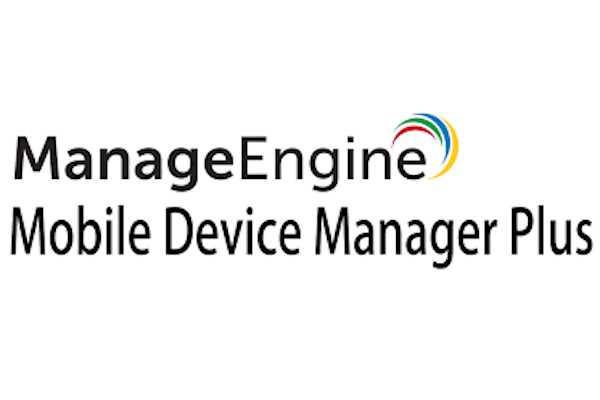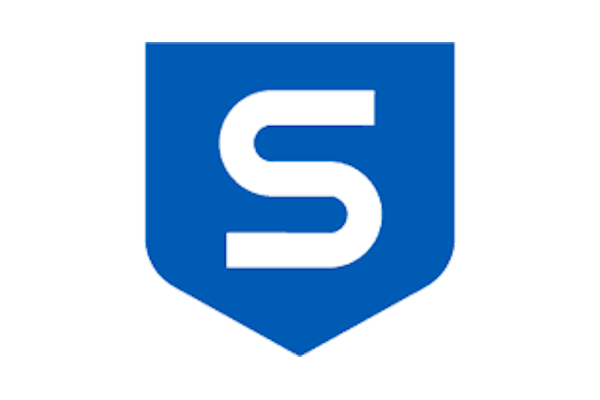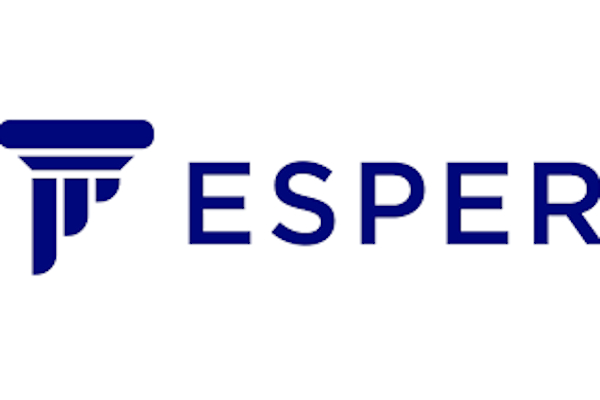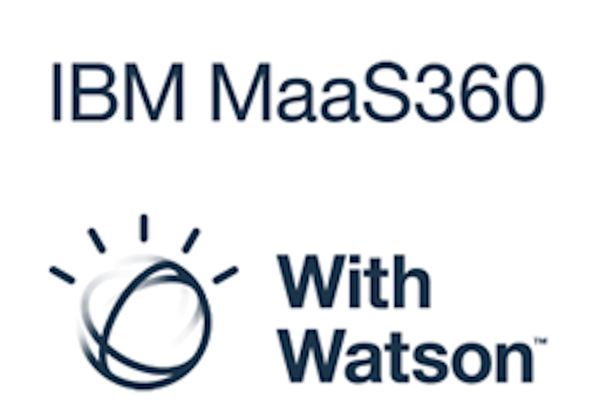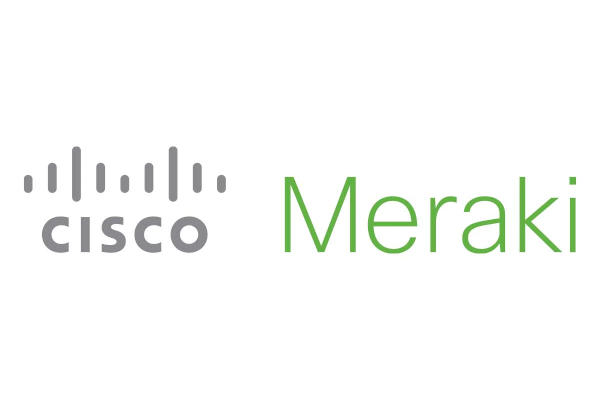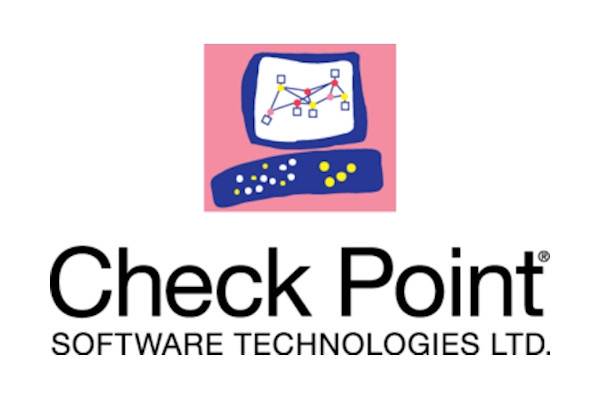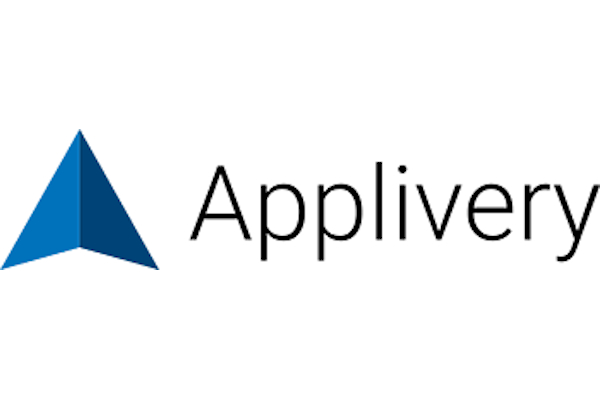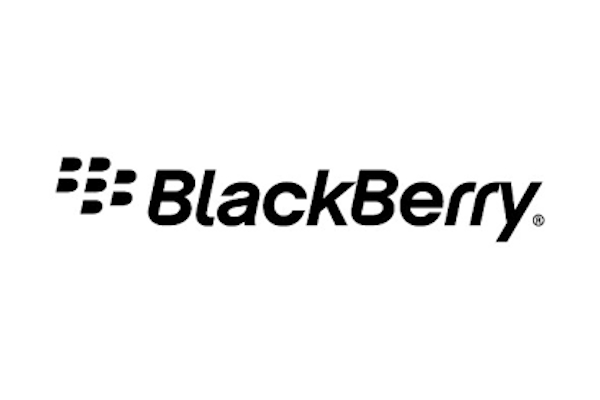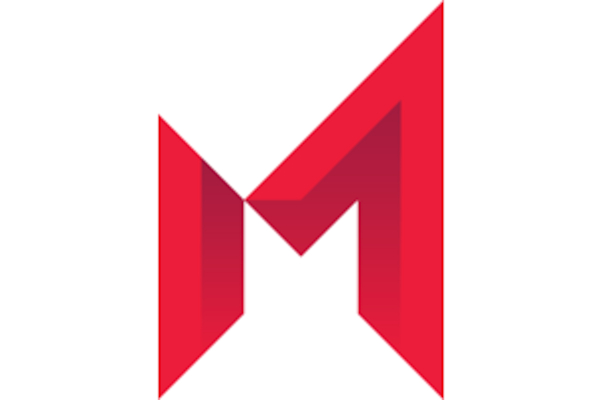Bringing your own devices has resulted in an upsurge in the purchase of work-related software. While such a system is advantageous in terms of flexibility and productivity, it raises security concerns. The risk of security breaches grows when sensitive data is housed alongside publicly available apps. Fortunately, there’s a tool called Mobile Application Management that can help.
12+ Mobile Application Management Software
1. Jamf Pro Software Logo
2. ManageEngine Mobile Device Manager Plus Software Logo
3. Hexnode MDM Software Logo
4. Sophos Mobile Software Logo
5. Esper Software Logo
6. IBM Security MaaS360 with Watson Software Logo
7. Meraki Systems Software Logo
8. Appaloosa.io Software Logo
9. Check Point Application Control Software Logo
10. PolicyPak Software Logo
11. Applivery Software Logo
12. BlackBerry Enterprise BRIDGE Software Logo
13. MobileIron UEM Software Logo
What Is a Mobile Application Management Software?
By distributing and administering enterprise software on users’ smartphones and tablets, mobile application management (MAM) software ensures company database security accessible via a mobile device. MAM software is related to mobile device management software in that it focuses on the administration and management of an employee’s complete device. MDM software, on the other hand, concentrates on the apps on that device. Also, MAM software allows organizations to transparently install and manage corporate-specific programs on personal and corporate devices, aligning an employee’s mobile device with corporate IT regulations. MAM software gives users more freedom over their devices while allowing administrators to develop a product catalog of safe, corporate-approved apps for employees to download.
Benefits
Mobile Application Management’s benefit is that it merely guarantees that the ease with which employees can access company apps is not abused. In addition, it ensures secure access to these enterprise apps while ensuring employees that the company’s IT administrator will not jeopardize their applications.
Features
Today’s world appears to run on applications. If it’s anything people can engage with, there’s a good chance it’ll be available as an app. Applications that are well designed attract your eye and make you want to use them, whereas poorly designed apps are frustrating and don’t do what we want them to. While some fundamentals such as usability, functionality, and layout aid the customer experience, one of the most common complaints about apps are their features, whether they are missing or not being used properly. Some features are good to have, and some are required, but many will help your app stand out. The following are must-have features:
- Simplicity
- Effortlessness
- Good image viewer and resolution
- Adaptability
Top 10 Mobile Application Management Software
1. Jamf Pro Software Logo
Jamf provides enterprise, commercial, school management, and government organizations with Mac, iPad, iPhone, and Apple TV management solutions. They make $269 million in revenue and employ 1,496 people.
2. ManageEngine Mobile Device Manager Plus Software Logo
ManageEngine is a provider of enterprise-class information technology networks, cloud servers, desktop, and application management software. They generate $250 million in revenue and employ 4,000 people.
3. Hexnode MDM Soft Logo
Hexnode is unified endpoint management that enables administrators to manage all devices from a single console. They generate $8 million in revenue and employ 46 people.
4. Sophos Mobile Software Logo
Sophos is a software and hardware developer and vendor that delivers enterprise security and data protection. It has $711 million in revenue with 3,500 workers.
5. Esper Software Logo
Esper is a cloud DevOps platform established in Washington that offers developers tools such as android device deployment and application management. They have a $6 million revenue and 30 staff.
6. IBM Security Maa360 with Watson Software Logo
IBM is computer hardware that also provides infrastructure, hosting, and consulting services. They generate revenue of $23 million and employ 122 people.
7. Meraki Systems Software Logo
Meraki designs and manufactures cloud-managed network devices, such as wireless LANs, Ethernet switches, and security appliances. They generate $2 million in revenue and employ 12 people.
8. Appaloosa.io Software Logo
Appaloosa.io provides businesses with hedge funding. They generate $4 million in revenue and employ 24 people.
9. Check Point Application Control Software Logo
Check Point is a security company that specializes in network, endpoint, and data privacy solutions. They generate $2 billion in revenue and employ 5,400 people.
10. PolicyPak Software Logo
PolicyPak manages and secures virtual applications and remote desktop settings. They generate $4 million in revenue and employ 24 people.
FAQs
What is the difference between MAM and MDM?
MDM is concerned with mobile devices like smartphones and tablets, whereas MAM is concerned with specialized corporate apps and data. The IT department can use MDM to enforce policies on smartphones and tablets. It enables them to track, lock, encrypt, and delete devices from afar.
What methods are used to manage apps?
After the user installs the app, you add it to the controlled app list. After the user agreed to app management, you make the app unmanaged. They can change the app’s status to unmanaged. They can still use the app and access their work or school data if they don’t update it, and it will be classified as a managed app.
What is an allow list, and how does it work?
A whitelist (also known as an allow list) is a list of email addresses or domains from which you wish to receive emails. You can tell the email system not to filter email from a specific address or domain by adding it to your allow list.
The administration of mobile devices is an essential aspect of cybersecurity services. It’s becoming more of a factor for firms as more employees use their mobile phones and laptops to access work email backup and data. In addition, for many small businesses, some software set up and maintain subscriptions that business people can use. As a result, they’ll be able to manage both corporate and other devices through a single interface.
Related Posts
10+ Best Chemical Software for Windows, Mac, Android 2022
12+ Best Vulnerability Scanner Software for Windows, Mac, Android 2022
4+ Best Bundled Pay Management Software for Windows, Mac, Android 2022
10+ Best Trust Accounting Software for Windows, Mac, Android 2022
10+ Best Patient Portal Software for Windows, Mac, Android 2022
13+ Best Virtual Reality (VR) Software for Windows, Mac, Android 2022
12+ Best Bed and Breakfast Software for Windows, Mac, Android 2022
15+ Best Resort Management Software for Windows, Mac, Android 2022
14+ Best Hotel Channel Management Software for Windows, Mac, Android 2022
12+ Best Social Media Monitoring Software for Windows, Mac, Android 2022
10+ Best Transport Management Software for Windows, Mac, Android 2022
10+ Best Other Marketing Software for Windows, Mac, Android 2022
10+ Best Top Sales Enablement Software for Windows, Mac, Android 2022
8+ Best Industry Business Intelligence Software for Windows, Mac, Android 2022
10+ Best Insurance Agency Software for Windows, Mac, Android 2022


